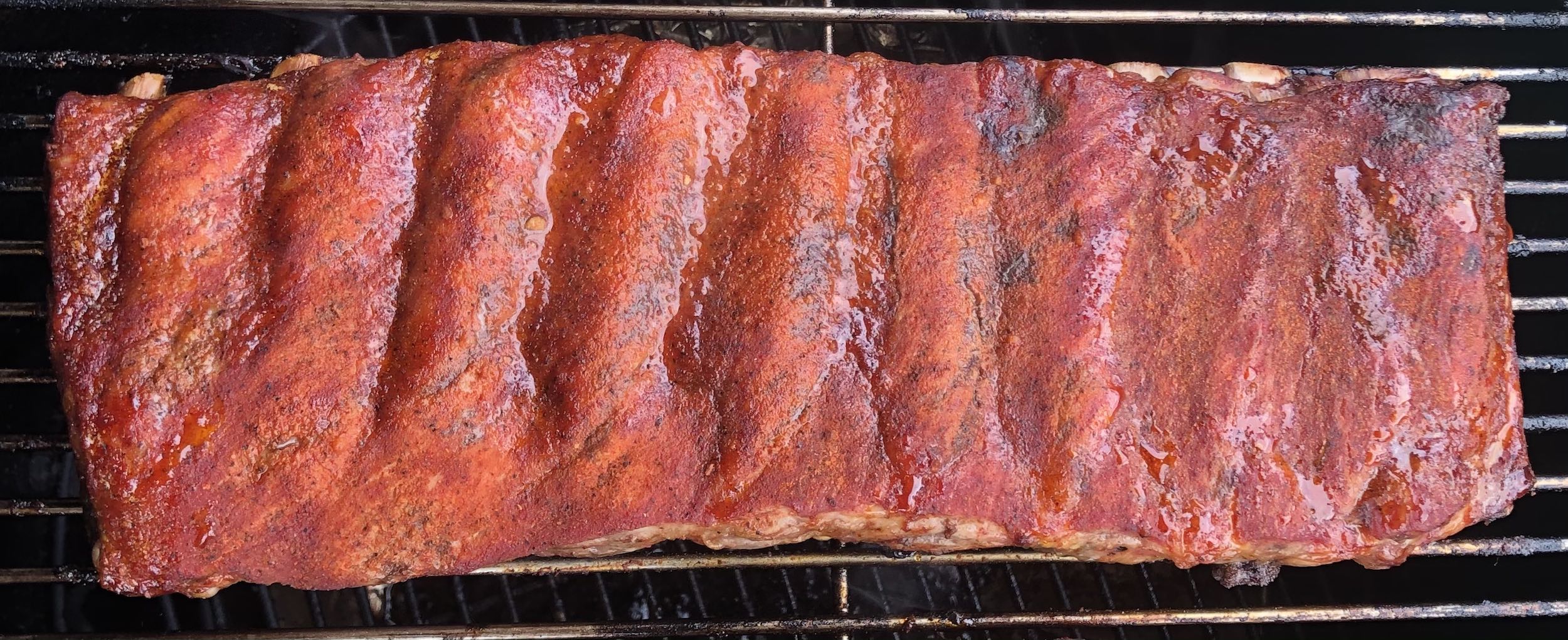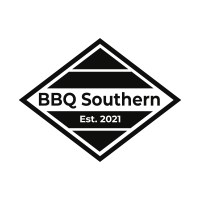Hot and Fast vs Low and Slow BBQ
Which is better – Hot and Fast or Low and Slow?
There is always a lot of discussion around which is better: hot and fast vs low and slow. Hot and fast is exactly what it sounds like: cooking your meat at a higher temperature (approx. 300 degrees F) for a shorter time. Low and slow is the opposite: cooking at a lower temperature for longer (approx. 225 degrees F). They each have their advantages depending on what you’re cooking. In short, it is all about preference when it comes to hot and fast vs low and slow. We have cooked ribs, briskets and pork butts both ways and decided both ways produce excellent food.
Low and Slow
For ribs, this is an excellent option depending on what you like. A lot of folks associate good ribs with “falling off the bone.” This is typically the result we get with low and slow style ribs following something like the 3-2-1 method. For those unfamiliar, that is 3 hours uncovered, 2 hours wrapped, and 1 hour glazed in the smoker at about 220F.
As always, watch your temperatures (with a probe, ideally) to ensure the perfect doneness. The flavor is always excellent and the ribs always look great. The only hiccup we tend to run into is the ribs literally falling apart. Granted, they are incredibly tender. However, the team tends to prefer a little more bite to the ribs.
For pork butts, the time to smoke goes up significantly. Generally, you’re looking at about 2hrs per pound of meat at 225. We season the pork, leave it uncovered and spritz until the bark is how we want. Then, around 160-180F internal, we tent the meat to protect the bark we worked so hard to develop until the meat comes up to 202F. From there, we rest the pork in a cooler for 2 hours before shredding. This is always an incredible meal of BBQ. We never mind going low and slow if we have the time for pulled pork.
For briskets, the train of thought is very similar to pork butts: approx. 2hr per pound of meat. The process is almost identical to pork, however, beware of the Texas Crutch. This comes into play with hot and fast as well, but around 165-175, you may see temperatures stall for over an hour. It is important to tent during this time and wait it out. Around this temperature, the cooling from moisture evaporating is counteracting the heat from cooking almost perfectly producing the temperature stall. Remove around 202F and rest for 2 hours in a cooler. Again, low and slow is an excellent method for brisket.
Hot and Fast
Ribs, for us, typically are cooked on the hotter side of low. However, ribs cooked hot and fast are still very good. At 300, they take around 3 hours or so. So, it can be kind of involved to monitor the temperatures, get them glazed, etc. in that relatively short time. For some folks, that is perfectly fine. Also, the texture tends to have a little more bite to it compared to low and slow in our experience and less of a boiled taste since hot and fast doesn’t spend any time tented.
For pork butts and brisket, this is actually our most utilized method on average. Instead of taking about 14hrs for either, it takes about 7-10. This seems to be less of an inconvenience when trying to cook for a party or gathering. Again, resting is essential, so we always rest the meat for 2 hours. With hot and fast, we always end up with perfect bark, a perfect bite and excellent meal.
Conclusion
There really is no right or wrong way to cook your barbecue when it comes to hot and fast vs low and slow. It all comes down to personal preference, knowing how much time you have to cook and what you’re comfortable with. It should also be noted that you do not have to use hot and fast OR low and slow. You can use them both and cook at something like 250-275 to try to get the best of both worlds. We don’t think you can make a wrong decision and would recommend you do whatever you think is better!


